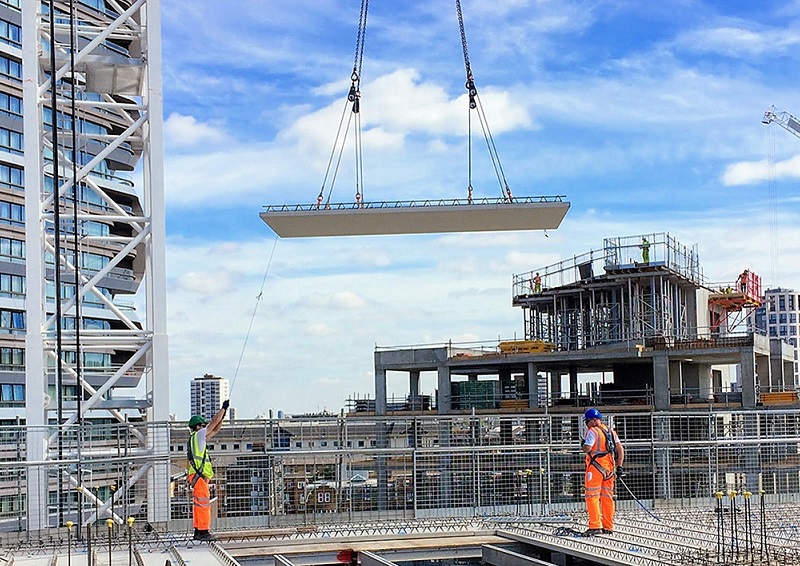Early use

|
As construction nears completion there can be considerable pressure to allow the client or tenants to take possession of part of a building or site, even if the works are ongoing or there are defects that have not been rectified.
This can be programmed as part of the works through a requirement for sectional completion, but in the absence of such a provision many contracts offer the more open-ended option of 'early use'.
Early use allows the client to use part of the site before the project is completed, i.e. practical completion is not deemed to have occurred. With early use, the risk remains with the contractor. This differs from partial possession, whereby the risk passes to the client, and any part to which it is given use is deemed to have achieved practical completion.
In addition to the certification of practical completion not being triggered by early use, neither is the commencement of the rectification period, release of retention, or liquidated and ascertained damages (LADs). However, if any delay or disruption is caused by the client to the works as a result of their early use, it may bring about claims by the contractor for extensions of time, as well as loss and expense.
It can be difficult to distinguish between partial possession and early use, and the application of the terms will often depend on the particular circumstances, the correspondence between the parties, and the provisions of the contract. Often, parties will adapt the standard forms of contract to make it easier to distinguish, such as by including an agreed access regime clarifying when and how the client can occupy works without triggering partial possession. It can also be amended so that the contractor waives their rights to make a claim for extension of time.
The courts tend to focus on establishing which is the relevant part of the site and which party has exclusive possession of it. If the client has exclusive possession then partial possession provisions will apply. If the contractor has exclusive possession then the early use provisions will apply.
[edit] Related articles on Designing Buildings Wiki
Featured articles and news
The UK's Modern Industrial Strategy: A 10 year plan
Previous consultation criticism, current key elements and general support with some persisting reservations.
Building Safety Regulator reforms
New roles, new staff and a new fast track service pave the way for a single construction regulator.
Architectural Technologist CPDs and Communications
CIAT CPD… and how you can do it!
Cooling centres and cool spaces
Managing extreme heat in cities by directing the public to places for heat stress relief and water sources.
Winter gardens: A brief history and warm variations
Extending the season with glass in different forms and terms.
Restoring Great Yarmouth's Winter Gardens
Transforming one of the least sustainable constructions imaginable.
Construction Skills Mission Board launch sector drive
Newly formed government and industry collaboration set strategy for recruiting an additional 100,000 construction workers a year.
New Architects Code comes into effect in September 2025
ARB Architects Code of Conduct and Practice available with ongoing consultation regarding guidance.
Welsh Skills Body (Medr) launches ambitious plan
The new skills body brings together funding and regulation of tertiary education and research for the devolved nation.
Paul Gandy FCIOB announced as next CIOB President
Former Tilbury Douglas CEO takes helm.
UK Infrastructure: A 10 Year Strategy. In brief with reactions
With the National Infrastructure and Service Transformation Authority (NISTA).
Ebenezer Howard: inventor of the garden city. Book review.
The Grenfell Tower fire, eight years on
A time to pause and reflect as Dubai tower block fire reported just before anniversary.
Airtightness Topic Guide BSRIA TG 27/2025
Explaining the basics of airtightness, what it is, why it's important, when it's required and how it's carried out.
Construction contract awards hit lowest point of 2025
Plummeting for second consecutive month, intensifying concerns for housing and infrastructure goals.
Understanding Mental Health in the Built Environment 2025
Examining the state of mental health in construction, shedding light on levels of stress, anxiety and depression.
The benefits of engaging with insulation manufacturers
When considering ground floor constructions.
Lighting Industry endorses Blueprint for Electrification
The Lighting Industry Association fully supports the ECA Blueprint as a timely, urgent call to action.























